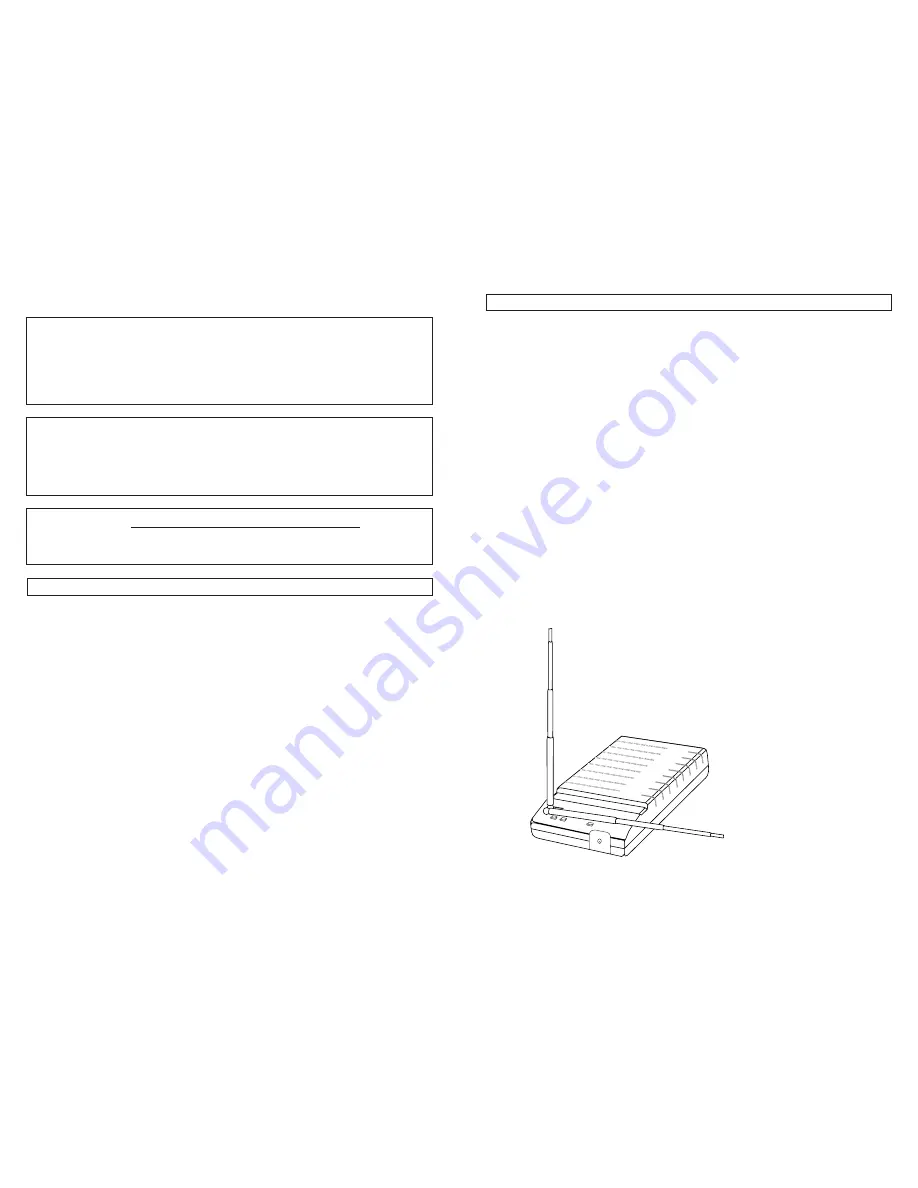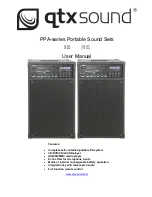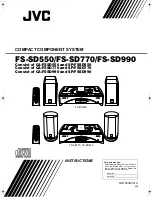
2
Introduction
Thank you for choosing an Audio-Technica professional wireless system. You have joined
thousands of other satisfied customers who have chosen our products because of their quality,
performance and reliability. This wireless microphone system is the successful result of years of
design and manufacturing experience.
Each professional wireless system includes a receiver and either a body-pack or a handheld
transmitter on a specific crystal-controlled frequency.
The versatile UniPak
™
body-pack transmitter has both low - and high-impedance inputs plus
a bias connection, for use with dynamic and electret condenser microphones, as well as Hi-Z
instrument pickups. Both the handheld and UniPak transmitters use internal 9-volt batteries and
have Off/Standby/On switches, battery condition indicators, and battery-save switches.
Please note that in a multi-channel application, there must be a transmitter-receiver combination
on a
separate
frequency for each input desired (only one transmitter for each receiver). Because
the wireless frequencies are in or near VHF TV frequencies, only certain wireless frequencies are
useable in a particular geographic area. (Frequency selection information will be found on
pages 8 and 9.)
CAUTION!
Electrical shock can result from removal of the receiver cover. Refer servicing to
qualified service personnel. No user-serviceable parts inside. Do not expose to rain or moisture.
The circuits inside the receiver and transmitter have been precisely adjusted for optimum
performance and compliance with federal regulations. Do not attempt to open the receiver
or transmitter. To do so will void the warranty, and may cause improper operation.
Notice to individuals
with implanted cardiac pacemakers or AICD devices:
Please read the cautionary notice on
back cover
before operating this or any other source of
RF (radio frequency) energy.
This device complies with part 15 of the FCC Rules. Operation is subject to the condition that
this device does not cause harmful interference.
This device complies with INDUSTRY CANADA R.S.S. 210, en conformité avec IC: RSS-
210/CNR210. Operation is subject to the following conditions: 1) This device may not cause
harmful interference and 2) this device must accept any interference received, including
interference which may cause undesired operation.
Installation and Operation
Receiver Installation
Location
For best operation the receiver should be at least 3' above the ground and at least 3' away from a
wall or metal surface to minimize reflections. The transmitter should also be kept at least 3' away
from the receiver.
Keep the antennas away from noise sources such as digital equipment, motors, automobiles and
neon lights, as well as large metal objects.
Output Connection
The receiver provides unbalanced, aux-level output from a
1
/
4
" phone jack; output cable is not
included. Use a shielded audio cable with
1
/
4
" phone plug to connect the receiver’s AF Out jack
to the mixer/amplifier’s aux-level input.
Power Connection
Turn the receiver’s volume control all the way down. Connect the included AC adapter to the
DC power input on the back of receiver. (Note that the receiver has no power off/on switch. The
receiver will be on whenever the AC adapter is connected and plugged into the AC outlet. Unplug
the AC adapter from the AC outlet whenever the system is not in use – both for safety, and to
conserve energy.)
Antennas
A novel “dipole” antenna system on the receiver improves operation by providing a “ground”
element in addition to the usual “signal” element. While holding the telescoping antennas at their
base, fully extend each of them. Position the rear-most (signal) antenna vertically and the front
(“ground”) antenna horizontally, in the shape of an “L” (Fig A).
Do not move either antenna beyond
vertical (to the left of straight-up). To do so may damage the antenna and/or receiver.
For best performance, locate the receiver so its vertical antenna is in direct line-of-sight to the
transmitter’s likely operating position.
3
Fig. A

























